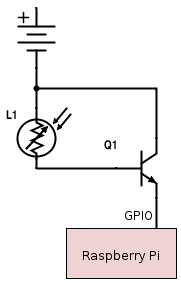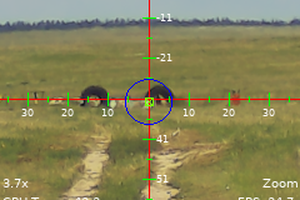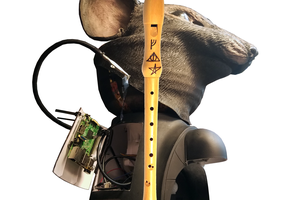Timing is accomplish through hardware interrupts on the RPi. Starting gate is triggered by a switch on the start gate. Each lane's finish is triggered by an IR sensor at the finish line. Registration, Heat Generation, Pit coordination and Results display are all managed through a web interface. Heat results gathered by the RPi are stored in the database shared by the web interface.
OpenDerby
Opensource Timing system for a Pinewood Derby track
 Dan Radez
Dan Radez


 ouch3994
ouch3994
 Curt White
Curt White
 PointyOintment
PointyOintment
 Lars Knudsen
Lars Knudsen
Sry I haven't replied to your message, I've just come across the notification that was sent to me that you had commented. Did you build your track? You can visit the github link to get the scripts. Happy to help you get it working. Would love some help on documenting it.